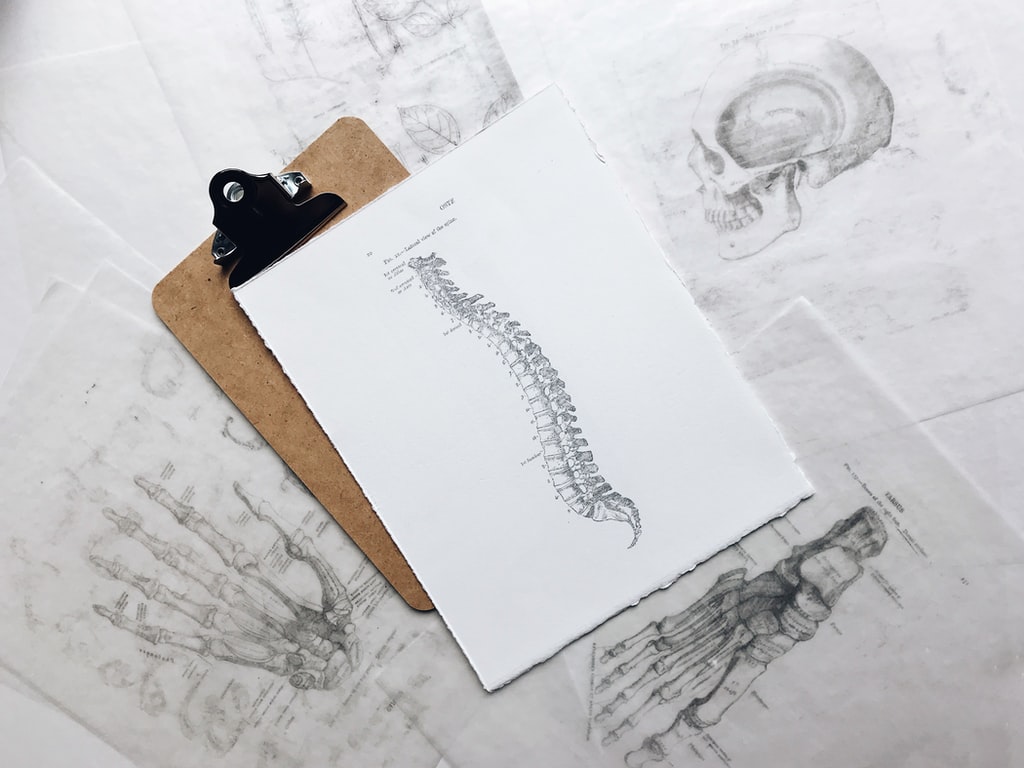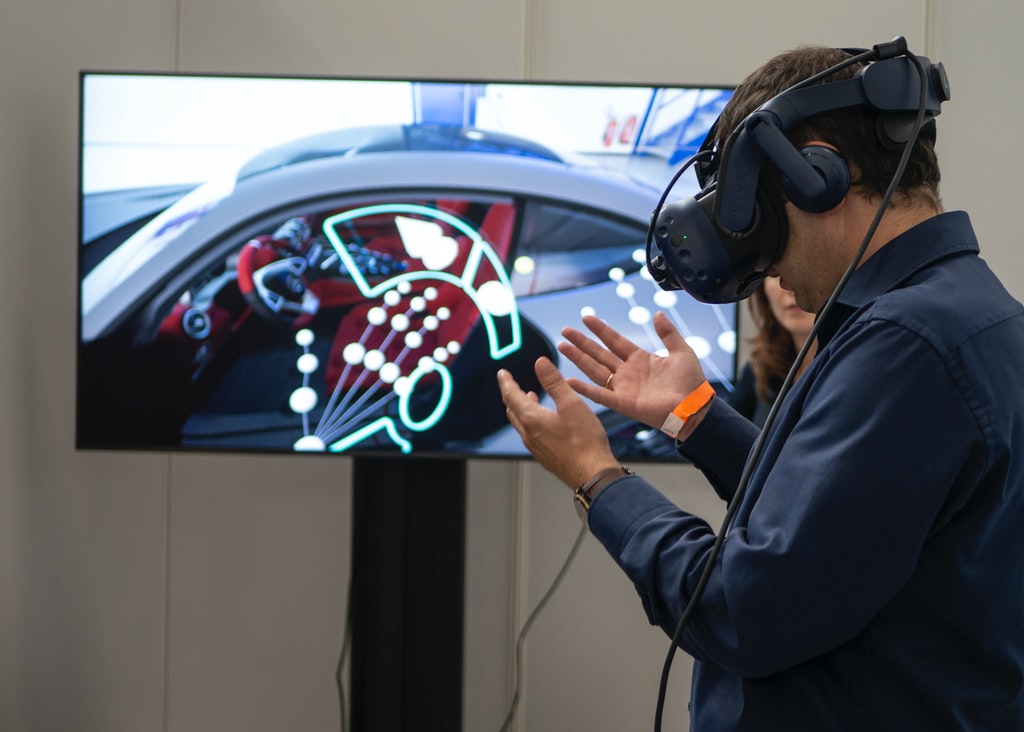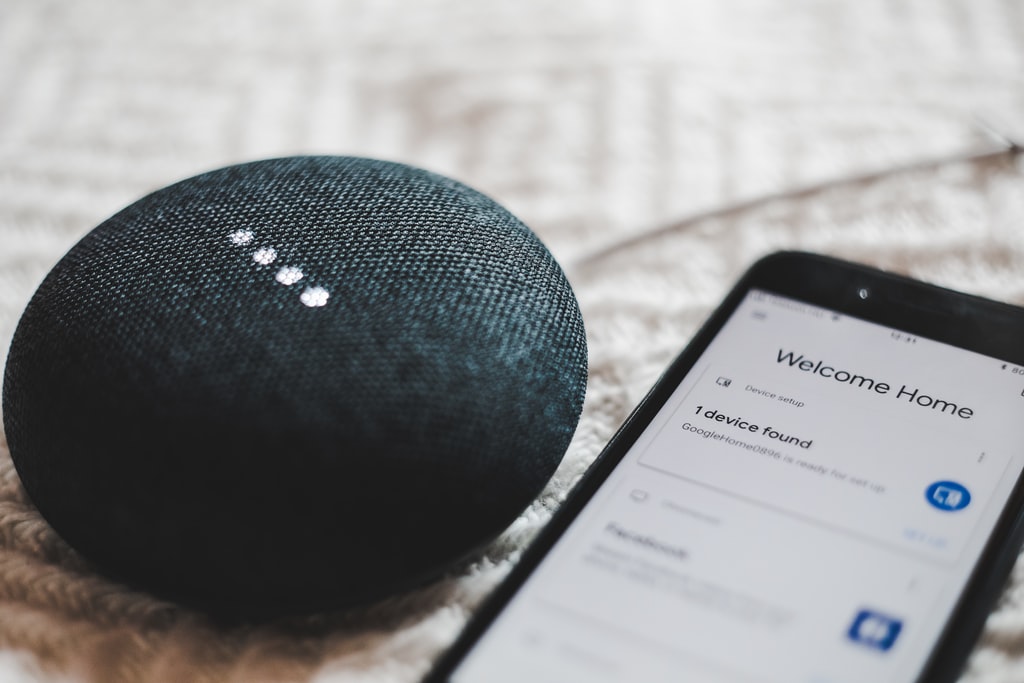Have you experienced a spinal injury? We understand the impact such an injury can have on your everyday life. That’s why we want to provide insight into how technology is changing the lives of those with spinal injuries.

Spinal injuries can happen for many reasons and, on average, 500 to 600 individuals in the UK endure a spinal cord injury. It can be an upsetting situation to experience, preventing you from being able to carry out your day-to-day life tasks as you’re used to.
Where you experienced a spinal cord injury as a result of someone else’s negligence, acquiring compensation for a spinal cord injury can provide you with the financial means to make your life easier. Whilst it will never change the situation, compensation can assist in making life as normal as possible, such as being able to afford adapted technology.
To discover more about spinal cord injuries and the way that technology is changing the lives of those with one, keep reading…
How Does a Spinal Cord Injury Affect the Body?
When a person experiences a spinal cord injury, the body can lose many of its functions. The reason for this is that the brain and nerves in the body cannot communicate. Some of the ways it can affect the body include:
- Muscle movement
- Sensations
- Reflexes
- Bladder and bowel control
- Breathing
What Technology Do Doctors Use to Assist Those with Spinal Injuries?
There are many things that surgeons can do, through the use of technology, to aid the life of someone with such an injury. However, there are also many technological therapy options available too to assist those who have acquired a spinal cord injury. Some of these methods include:
Virtual Reality Neurotherapy
You might have heard of VR before; the incredible virtual world it can provide, alongside the tragic failures many people have experienced using it (such as punching their TVs, whoops…). But, VR has helped many spinal cord injury victims to trick their brains, making them believe it’s doing the actions that are occurring in the VR.

Functional Electrical Stimulation (FES)
FES was developed to attempt to restore the functions that are lost during a spinal cord injury. How it does this is by using a computer and electrodes to provide small electric bursts directly to the paralysed muscles.
Wearable Robots
The term “wearable robots” might sound a bit strange, and we can’t blame you if you’re slightly apprehensive about it. That said, in reality, this can give a spinal cord injury individual the ability to walk again. The wearable robot will walk for you, and the use of the repetitive pattern is expected to assist with re-routing the lost signals between the brain and the spinal cord.
Wearable robots are not something that can be used 24/7, as they are heavy and often require someone to assist. However, researchers believe the frequent usage may assist patients with relearning to walk.
What Technology Can Be Used at Home to Assist Spinal Injuries?
Eye Gaze
Did you know that you can control your computer or tablet entirely by using your eyes? The answer to this is yes. You really can do this!
Eye gazes are an incredible development in technology, allowing those who have been affected by a high-level spinal cord injury to easily use a computer, TV and/or tablet like the average person.
For those individuals who are unable to use their hands to control a mouse, an eye gaze allows a spinal injury individual to navigate and control their computer by tracking where that person is looking on the screen.
An eye gaze works by using a low intensity light that shines into the user’s eye. This can then move the mouse on the screen. To select, you can stare at the item for a duration of time, and it will select it.
To see the variety of eye gaze technologies available, see thinksmartbox.com.
Artificial Narrow Intelligence (ANI)
There are certain ANI systems, such as Google Home and Amazon’s Alexa, which can be used by those with spinal cord injuries to control features in their home, which usually would be controlled through hand movement. For example, you can use these sorts of ANI to control smart home devices such as lighting, plugs, speakers, home security, heating, and much more.
To learn more about how ANI systems have transformed the lives of individuals who have experienced a spinal cord injury, see Ability Net. Here, Colin Hughes, who has muscular dystrophy, wrote a blog about how artificial narrow intelligence changed his life for the better.

Spinal Injuries Don’t Have to Prohibit You
We can be quick to presume that, if you have experienced a spinal cord injury, it will prohibit you from living a normal life. That said, what we can conclude from this article is that such an injury doesn’t have to prevent you from doing lots of the activities you love.
There are so many advanced technologies out there that allow you to live a fairly normal life, or even technology that can be used as a treatment method.
Have you sustained a spinal cord injury? How has technology assisted you? Leave a comment below.